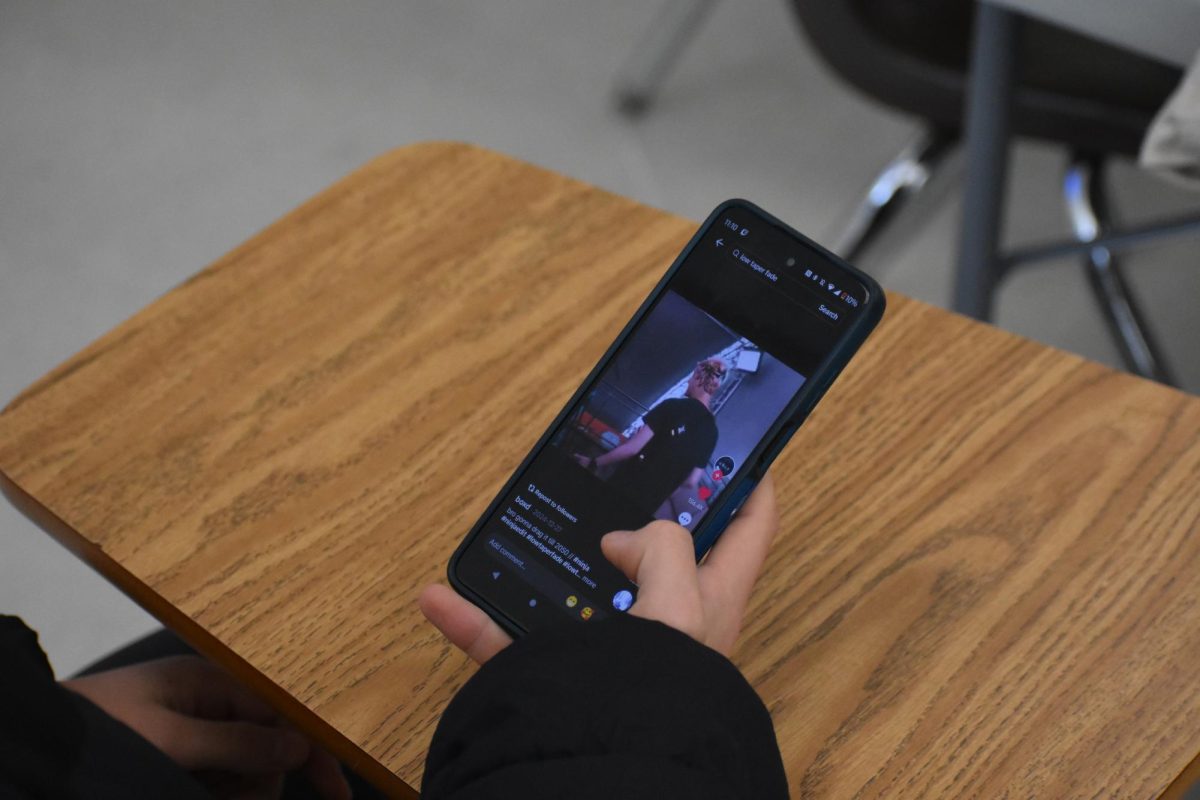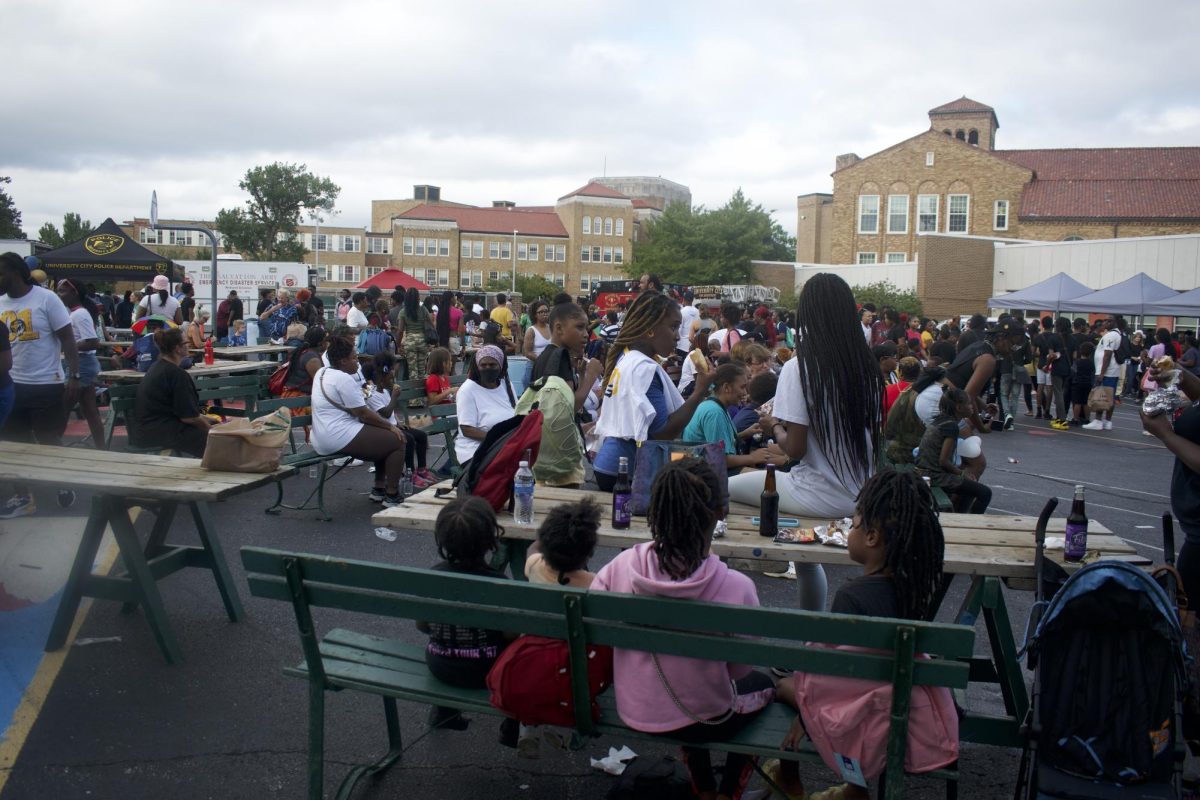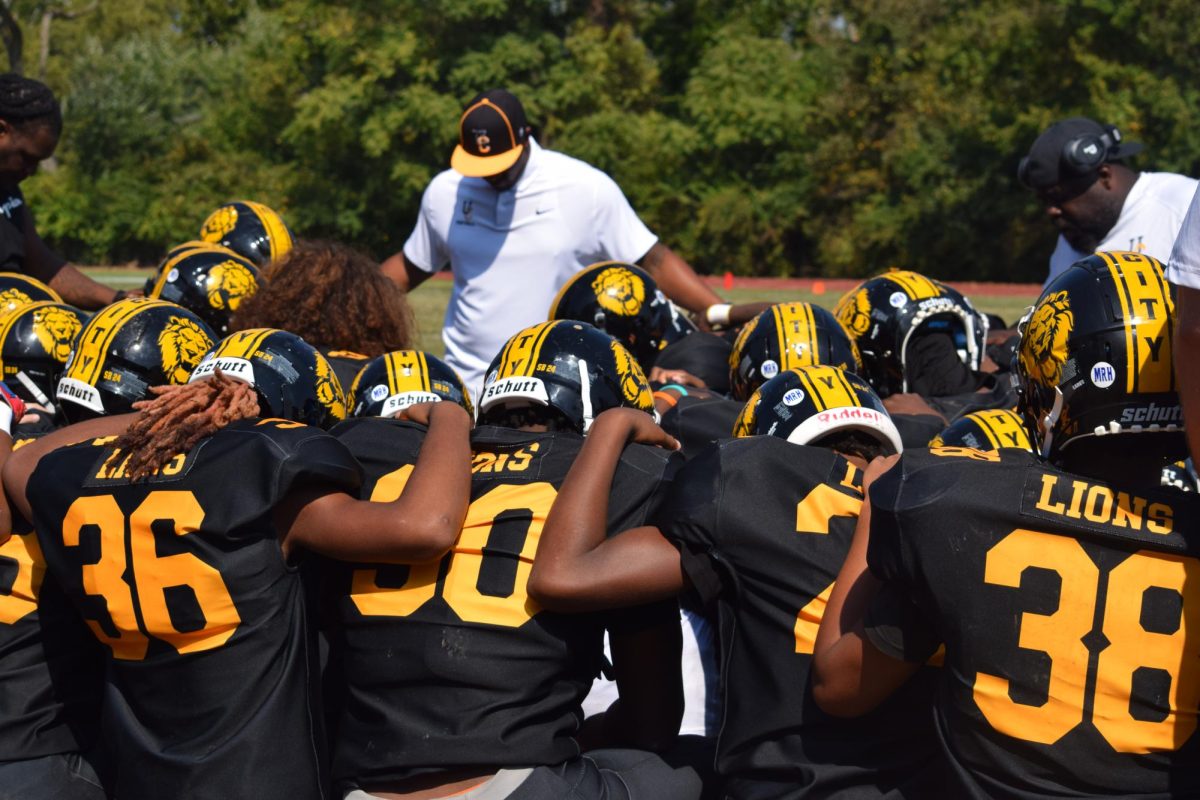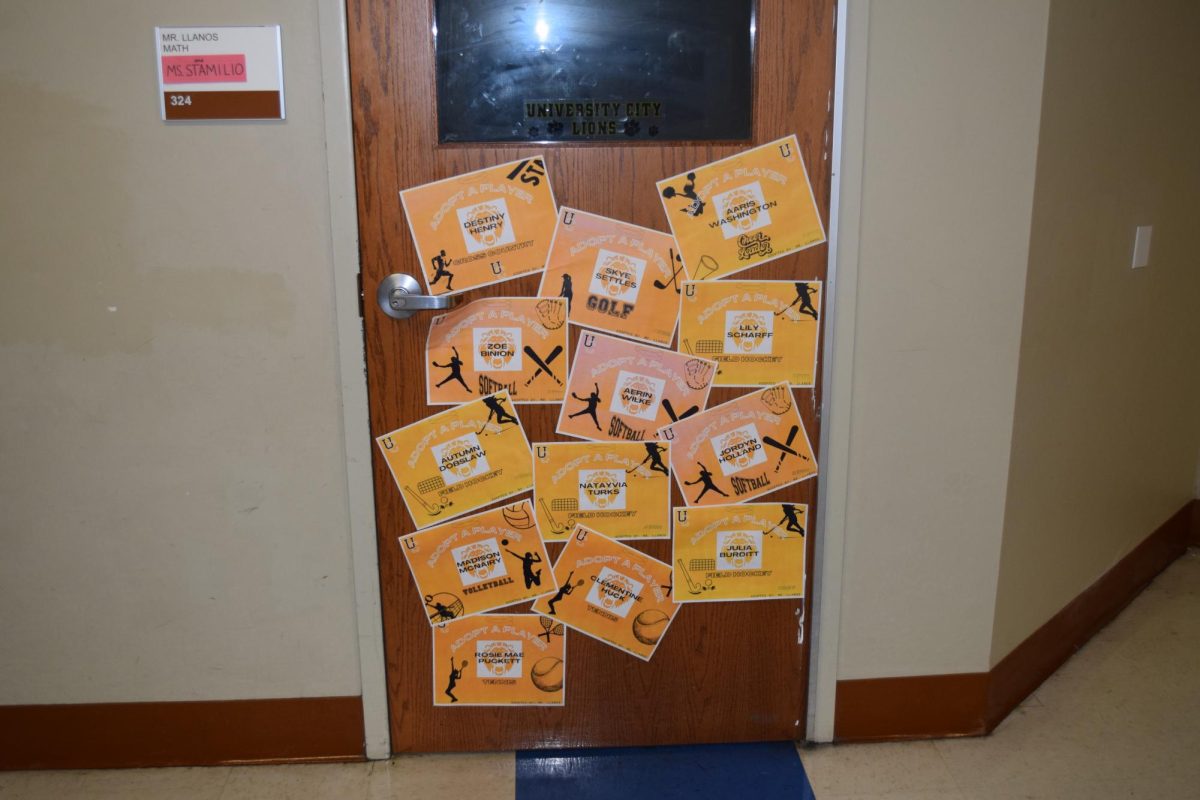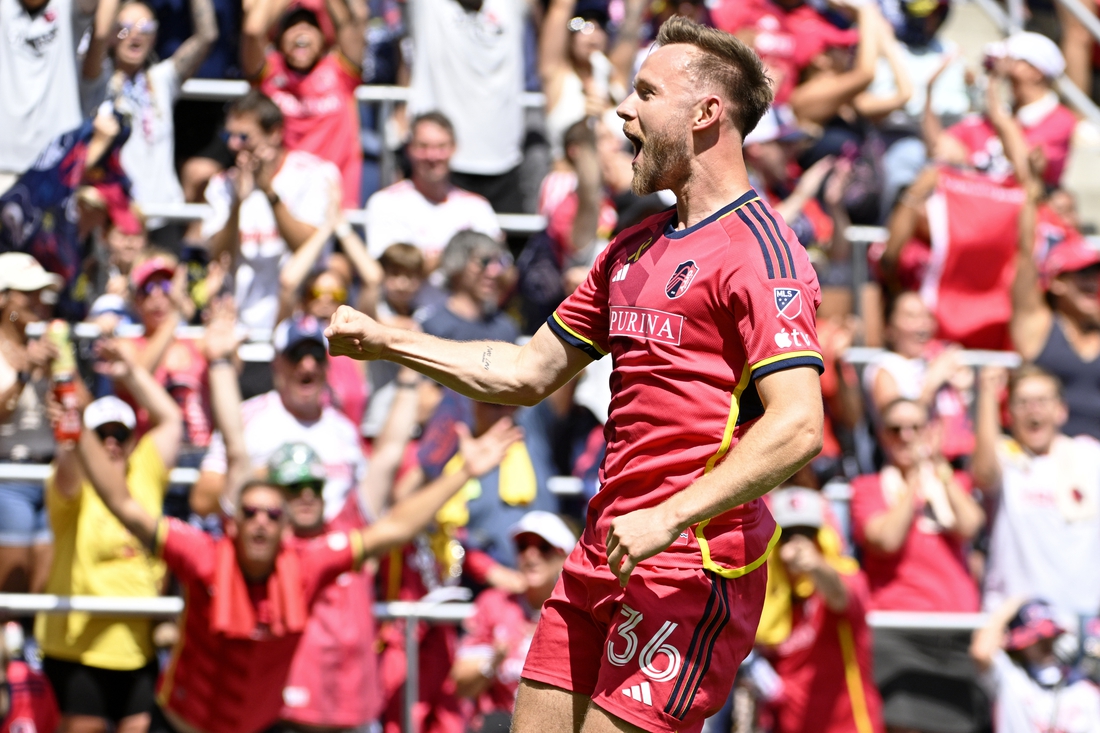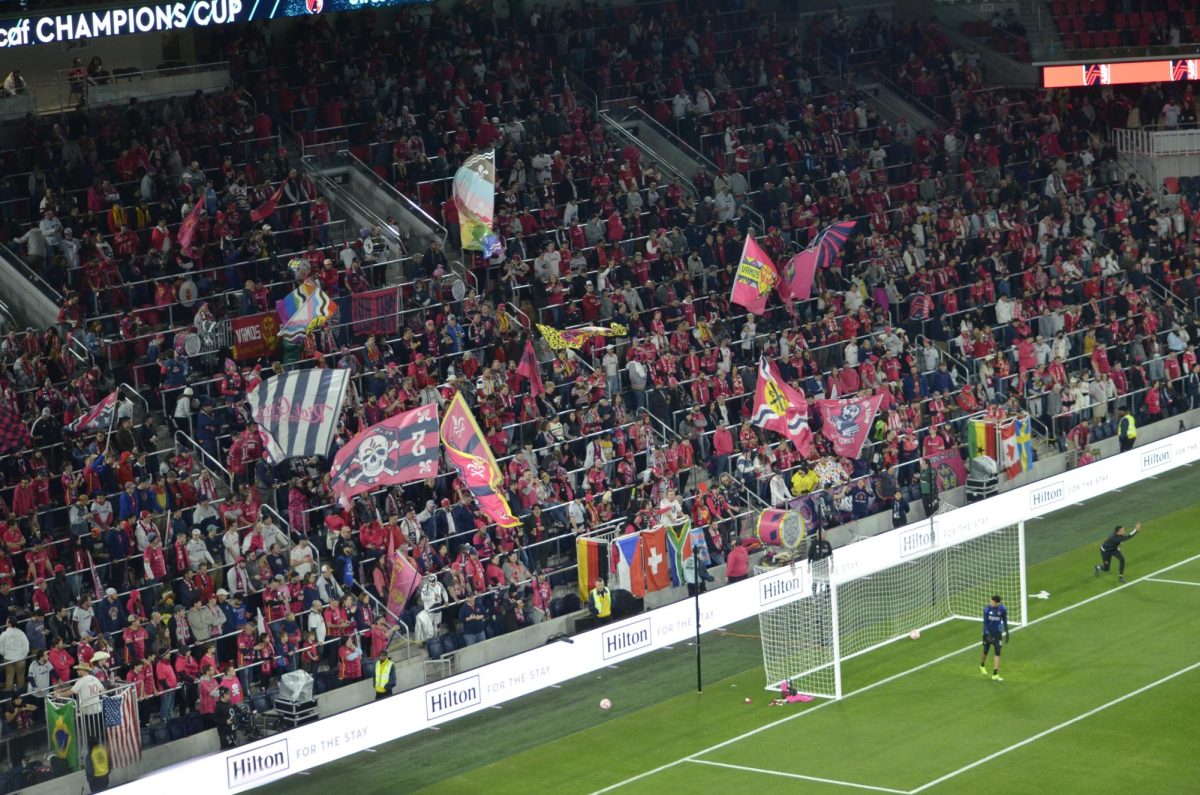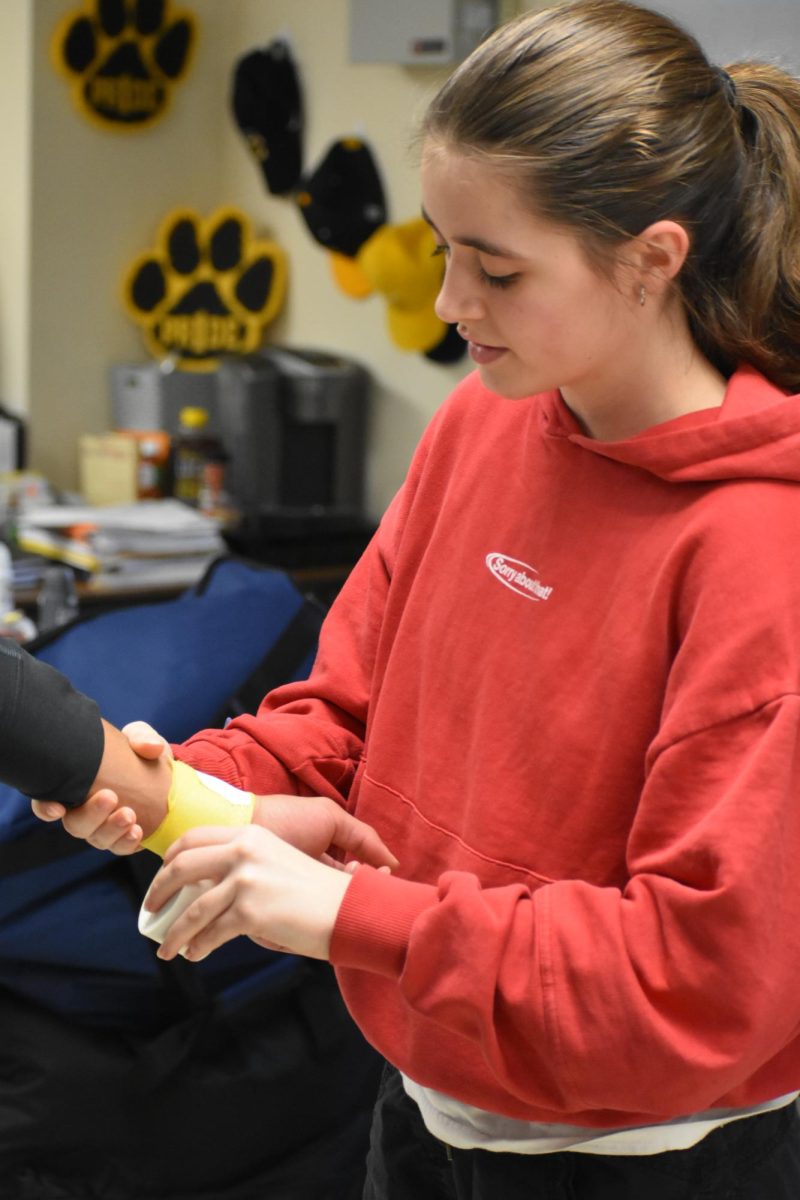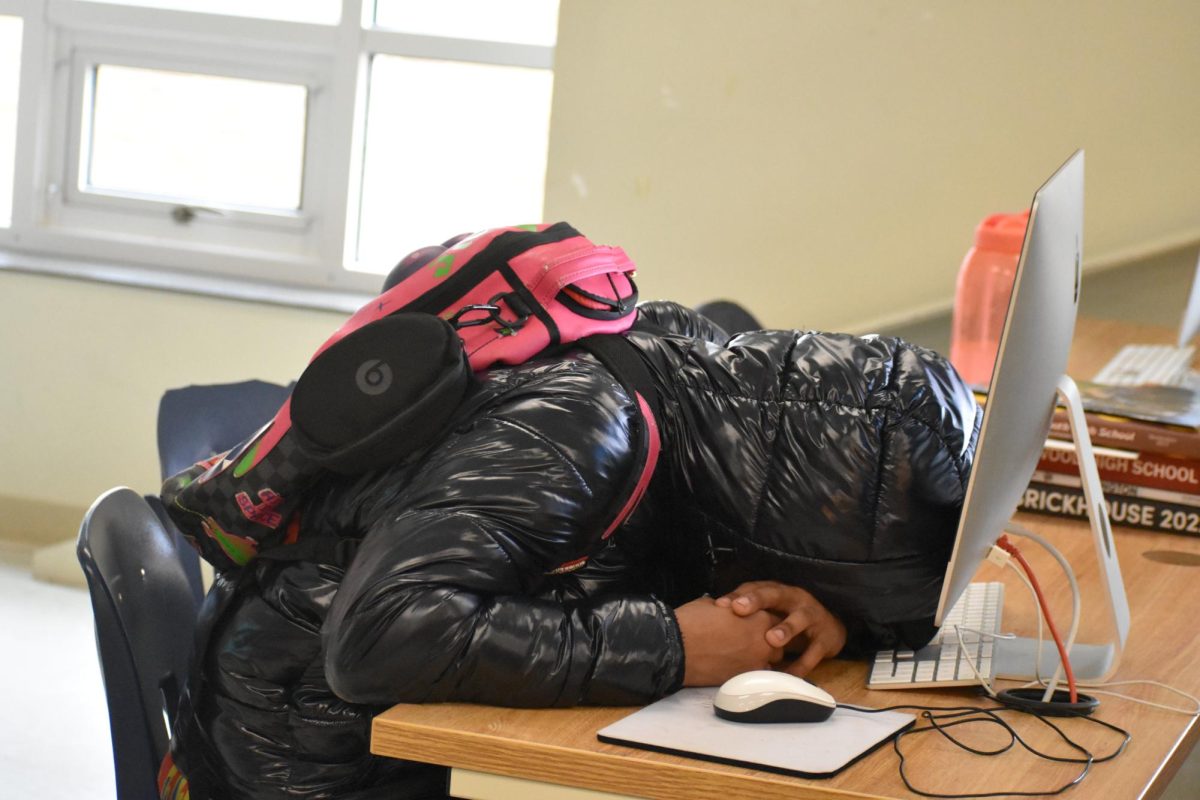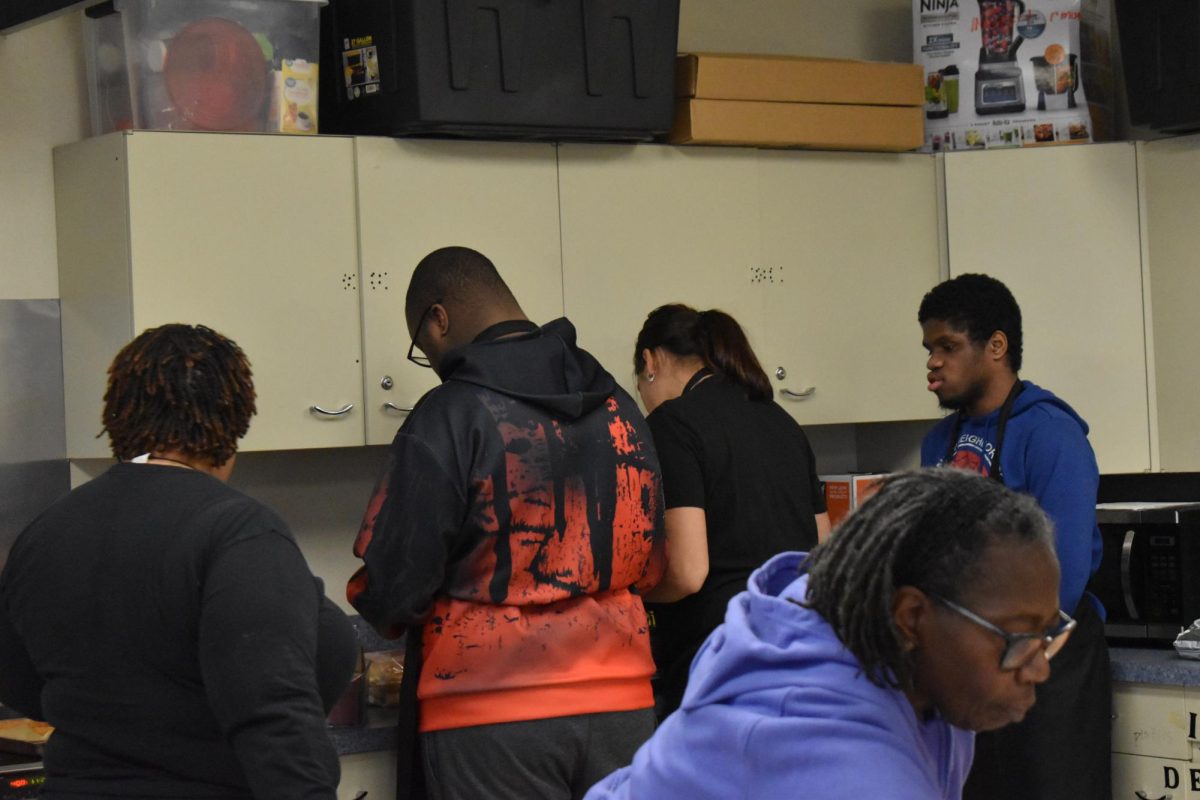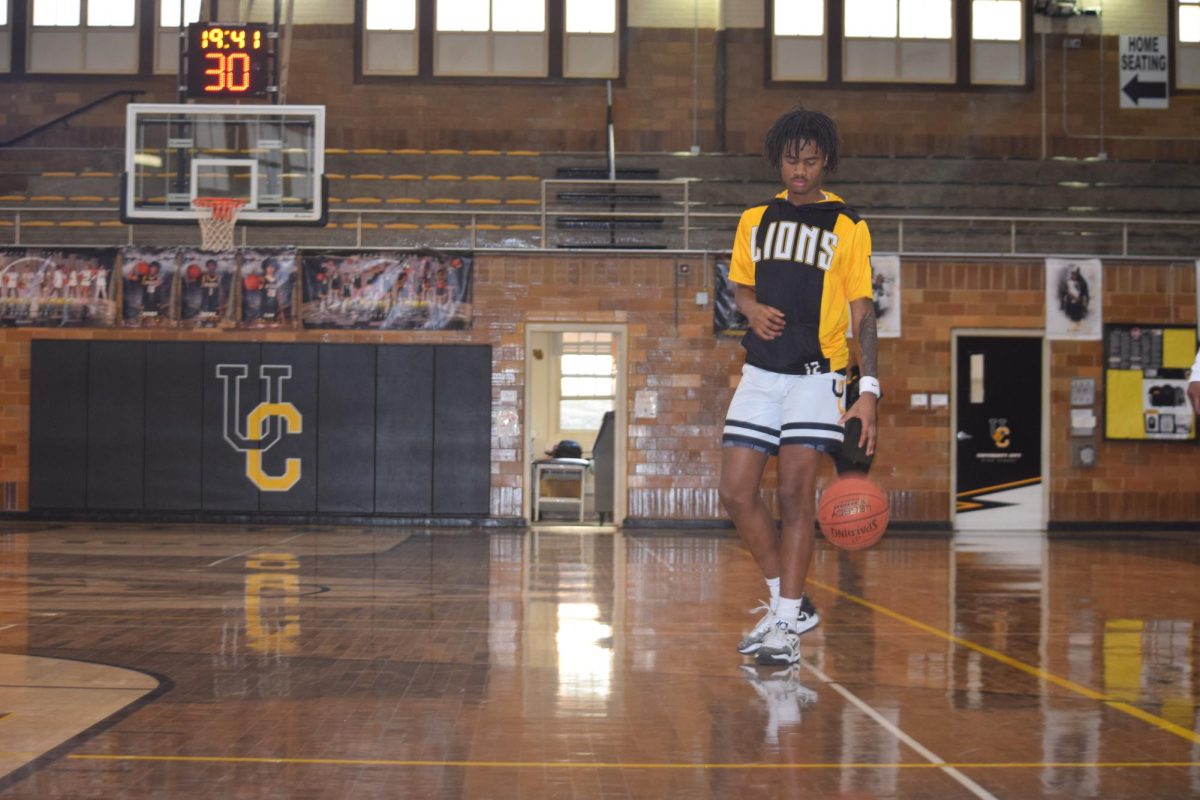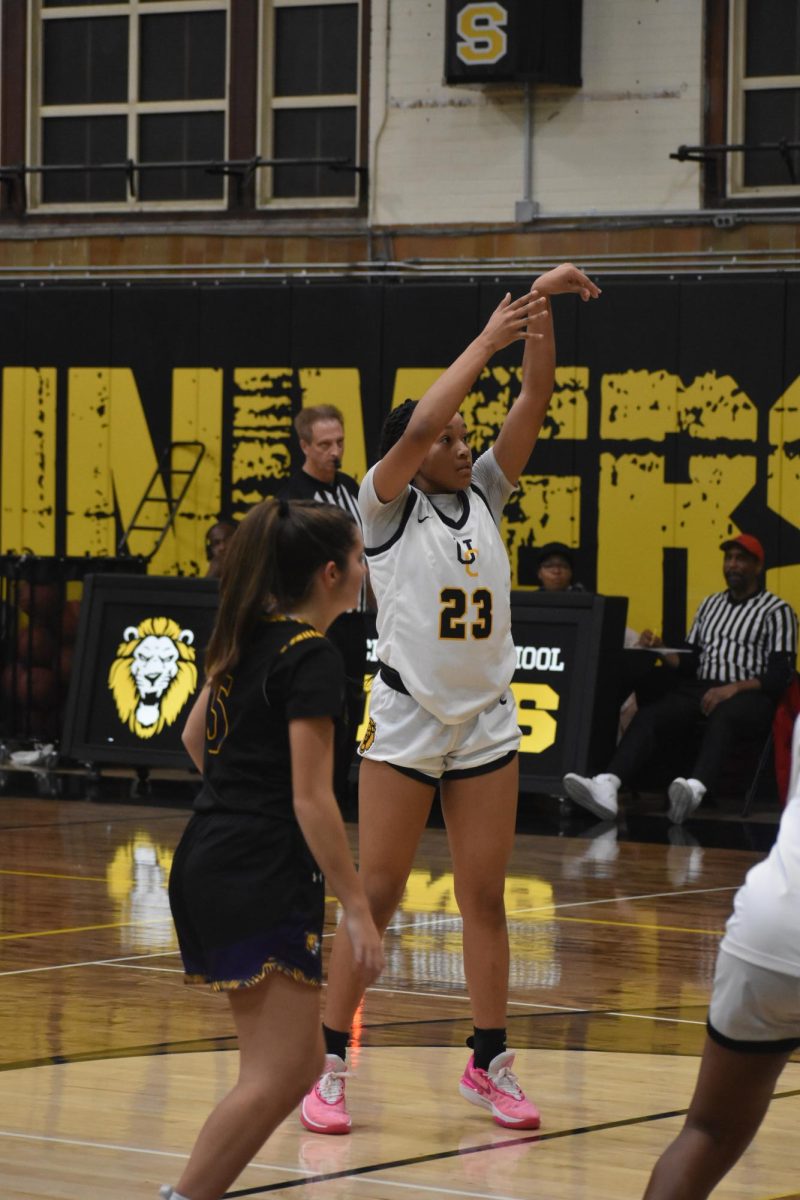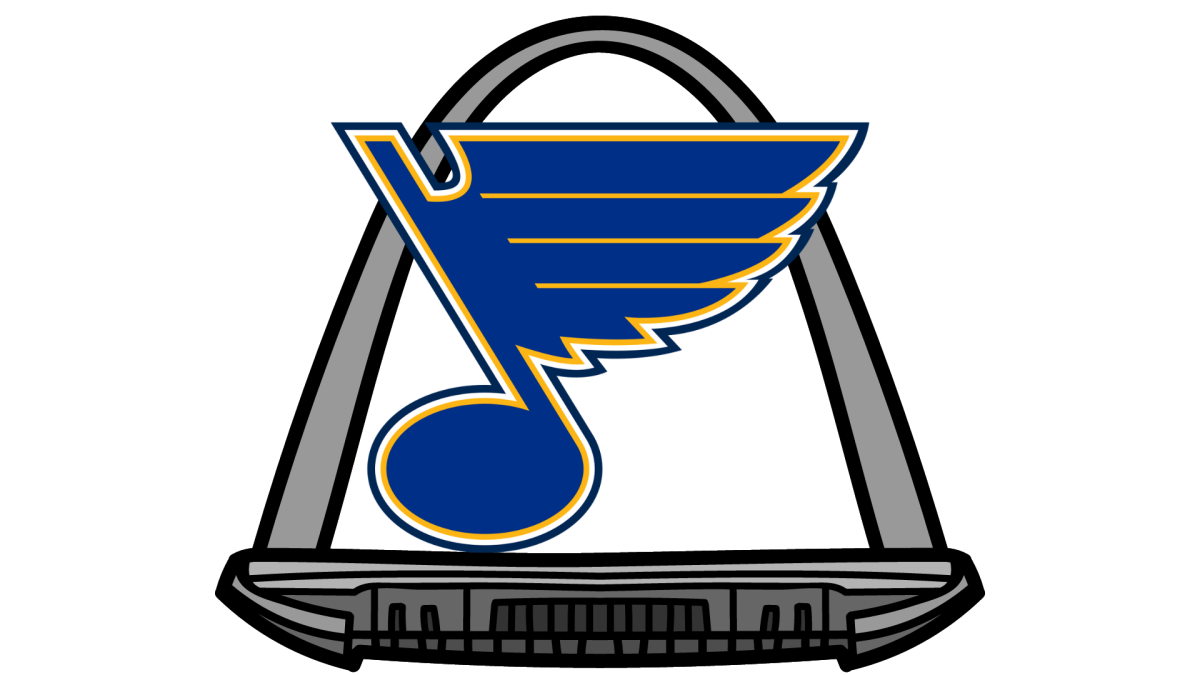Is it fair for U. City, a school of less than 900 students, to have games against schools like Kirkwood and Seckman, with over 1500 students each?
According to the St. Louis Suburban Public High School Athletic and Activities Association, it’s not.
The Association has realigned the sports conferences in the St. Louis area to better match schools for attendance, sports offerings, and location, according to the Maplewood-Richmond Heights District website. The new alignment, which will take effect in the 2014-2015 school year, should make competitions fairer, according to several U. City coaches.
“I think it’s going to be a better fit for us because we’ll be competing with schools closer to our size,” said Coach Oligschlaeger, athletic director.
Oligschlaeger said U. City will be part of the new Suburban Central conference. U. City teams will mainly encounter Clayton, Ladue, Parkway West, and Parkway Central, he said, because those will be the other teams in our division. U. City is currently a part of the Suburban South conference, which includes Webster Groves, Parkway West, Parkway Central, Parkway North, Kirkwood, Seckman, and Rockwood Summit.
U. City’s current conference has an average of over 1400 students per school, according to statistics from the Missouri State High School Activities Association website. Our division in the new conference will have an average of just over 1100 students per school, much closer to U. City’s current enrollment of about 830.
Coaches welcome the change.
“I think it ought to help us in the long run,” said Coach Crowe of the cross country team. “Some of those schools are very large and have very large teams and we’re hurt because we have one of the smallest teams in the conference.”
Mr. Cloud, volleyball coach, agreed that the realignment will make play more balanced.
“For public schools, the Suburban South is probably the second toughest conference in the St. Louis area. The majority of [conference] teams in most sports are pretty good,” he said, especially Kirkwood and the Parkways. “Not playing these schools is an advantage for us because sheer number-wise, they have more students than we do, which means they have a larger pool of players to choose from.”
Most players also seem to view the changes positively.
“I think it’s better if we play teams more our size,” said Jillian Pritchard, sophomore and field hockey player, because it will be more fair and teams will be more likely to have the same number of substitutes.
Gianni Cook, senior, agrees. Cook takes part in soccer, wrestling, and track.
“It’s a long time coming. What sets us apart from huge schools is that they have programs where they can have varsity, JV, sophomore, and freshman teams,” he said, because they can be more selective than some U. City teams, which have to fill teams with whoever tries out.
“It is not fair at all. People look at U. City’s record,” he said, and they think the school is worse than it is because its opponents aren’t evenly matched. “We play some of the top schools in the state.”
Rumors going around have hinted that some sports might be cut with the changes, but these are not true, according to Oligschlaeger.

